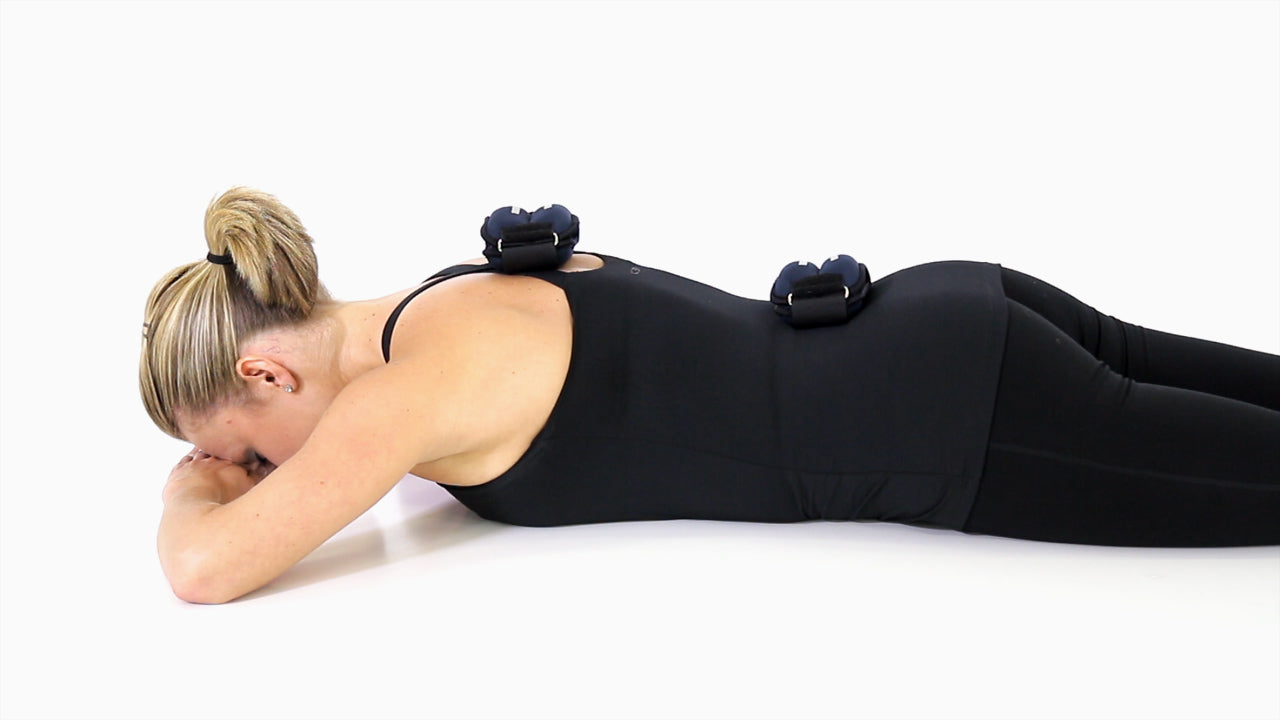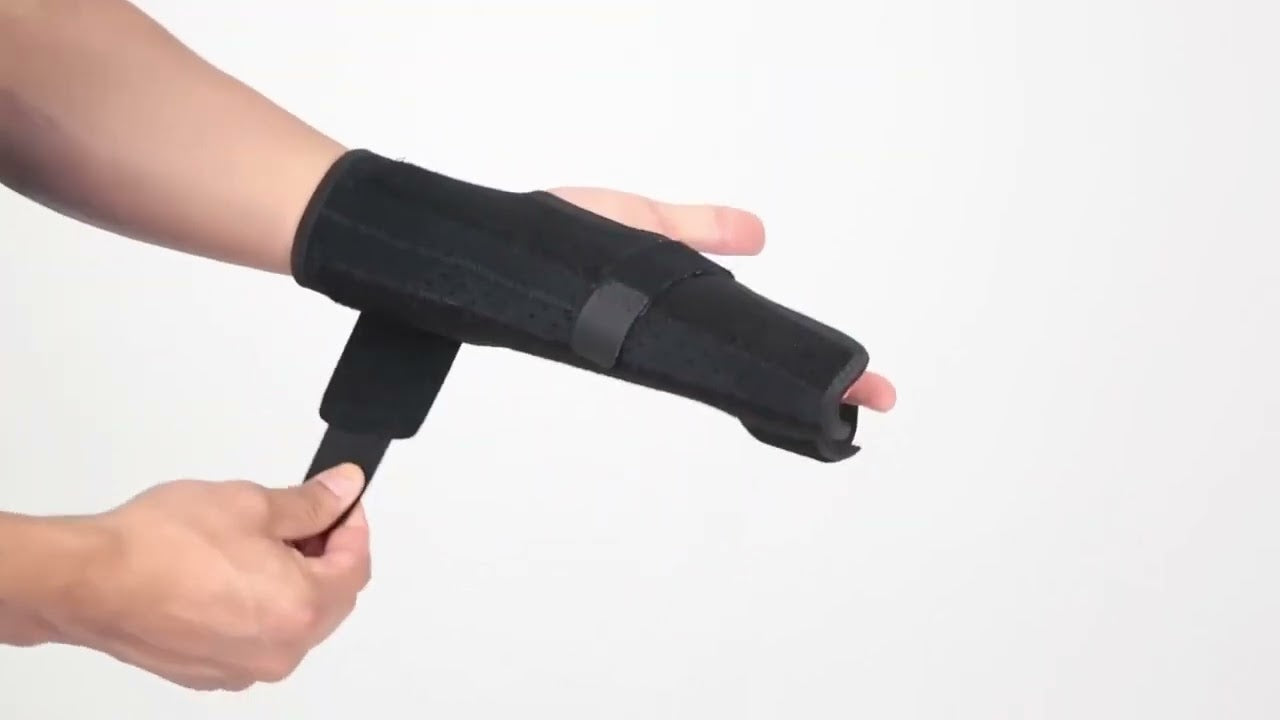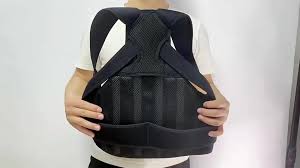Many adults across the globe suffer from back pain. A suitable back brace can help alleviate back pain and accelerate recovery regardless of the reason for the discomfort. There are so many available braces, making it difficult to choose the correct one and use it correctly. Here are the guidelines you should follow to choose and properly wear a back brace for your specific back pain condition.
Why Use a Back Brace?
A back brace provides support for your back and limits excessive movement during the healing process after an injury. People frequently find it helpful when addressing the problems listed below.
Muscle strain or sprain recovery
Herniated or bulging discs
Post-surgery support
Long-term ailments include sciatica and degenerative disc disease.
Heavy lifting or physical labor
Types of Back Braces
The first step to finding the right back brace is recognizing the available options.
Lower Back Braces (Lumbar Support): It might suit people who regularly suffer from lower back pain or perform strenuous activities. They offer back support by holding them around your waist.
Upper Back Braces (Posture Correctors): Improves your posture while reducing strain on your upper back.
Rigid Braces: Secure the back by immobilizing it. they're the preferred option following surgery or major injuries.
Flexible Braces: These braces are made with elastic or neoprene which allows for a snug fit and helps alleviate mild to moderate discomforts.
How to Choose the Right Back Brace
Here are important things you should take into account when choosing a back brace.
Purpose: Identify why you'll be using the back brace.
Fit and Comfort: A back brace should be comfortable and allow you to move freely as needed. Adjustable straps allow you to achieve the most comfortable fit for your body.
Material: Select a brace made from a material that allows air to circulate properly and is tough enough to hold up over time.
Mobility Needs: You should determine if you need a rigid brace that gives little flexibility or a brace with more freedom of movement.
Medical Advice: Consult with your physician or other healthcare professional before starting to use the back brace.
Tips for Proper Use
Using a brace correctly accounts for more than simply selecting an appropriate one.
Don’t Overuse It: Wearing a brace for an extended period results in a decrease in the strength of the muscles that provide stability to your back. Ask your doctor whether you need to wear a brace while undertaking challenging tasks.
Wear Over Clothing: A majority of back braces should be worn over thin clothing to ensure the skin can get enough air.
Maintain Good Posture: A back brace is useful in correcting your posture but your body is the key factor for achieving good posture.
Keep It Clean: Follow the instructions provided with the brace to avoid unpleasant odors and skin irritation.
Listen to Your Body: Only wear a brace if it relieves your discomfort. What you should do is consult your physician.
Final Thoughts
The right back brace offers significant relief from pain and assists with the healing of your back. Choose a size and style that best suits your needs, then wear the brace correctly. A proper combination of exercise, maintaining good posture and seeking medical advice can maximize the effectiveness of using a back brace.





Leave a comment
This site is protected by hCaptcha and the hCaptcha Privacy Policy and Terms of Service apply.